Sippy cups are a staple of modern parenting. A commonly used transitional drinking cup for toddlers, it solves a simple problem: you’re told to stop using bottles at one year, but toddlers are a mess. They are bad at drinking from open cups, and those are hardly a solution when you’re out and about.
Sippy cups can be defined as anything that is not a bottle, open cup, or cup with a straw. They’re structured to make it hard to spill — the mouthpiece is tipped up, and the child sucks to get water out, but (usually) if you just drop it, it doesn’t go everywhere. So far, so great. Sounds like a win.
But a quick google will show a variety of perspectives on the “dangers” of sippy cups. Is this a meaningless debate, or is there something to the concerns? And if not a sippy cup, what other solutions are there?
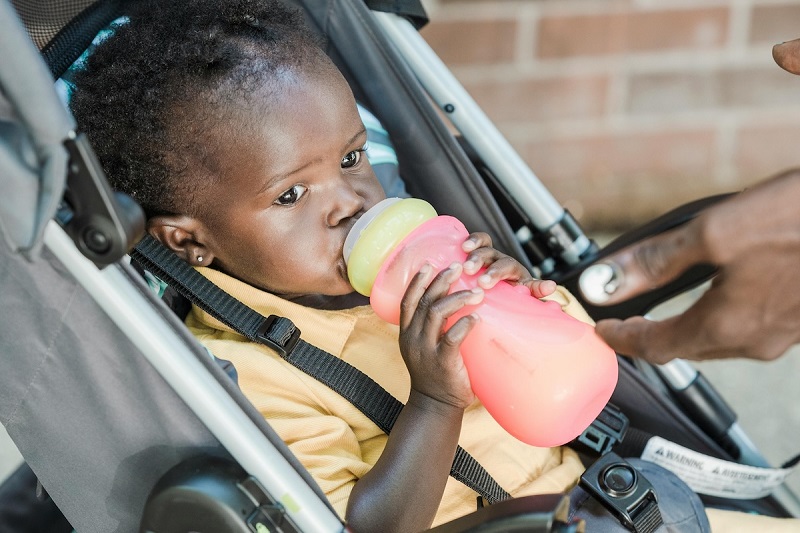
What are the concerns with sippy cups?
We know the value of the cup: fewer spills.
On the flip side, what’s the worry? There are two.
The first is about cavities and is limited to the case where the sippy cup has juice or soda in it. Because kids suck on the cup more consistently (relative to, say, drinking from an open cup), there is more opportunity for sugar to get stuck on your child’s teeth. This makes cavities more likely.
This problem is fixed by using sippy cups only for water. If you plan to give them juice sometimes, consider using an open cup for that. I would also recommend this because juice in sippy cups tends to result in sticky mold (trust me).
The other concern — less avoidable — is that the use of a sippy cup will interfere with mouth development, which could impact the ability to eat other foods or speech. Sippy cup usage is claimed to produce problems with mouth breathing, face shape, and other issues.
Do sippy cups impact mouth development?
Theoretically, this mouth development concern is rooted in the mechanics of how swallowing develops. Infants swallow using a “suckle-swallow” pattern, where the tongue moves liquid or food from the front to the back of the mouth. At around a year, a more adult swallowing pattern develops, where the tongue tip moves to the top of the mouth, and then food is propelled with a tongue wave into the back of the mouth.
This adult swallowing pattern is important for eating foods with different textures and for developing speech (to be clear: the concern is with producing understandable speech, not with understanding others).
Why would a sippy cup affect this? The mechanics of using a sippy cup involve using the suckle-swallow pattern common in infancy, not the more adult swallow pattern. The idea is that if a child uses a sippy cup too much, it could impede this development. A similar problem could arise with prolonged pacifier use.
These facts about the mechanics of drinking with a sippy cup and the general swallowing patterns are true statements about how swallowing works. And speech pathologists who work with children with speech or swallowing issues point anecdotally to the possible links with sippy cups.
Having said this, we do not have any large-scale data (or even small-scale) linking sippy cup usage to speech or swallowing difficulties. That is to say, if you were looking for a study that showed that children who use sippy cups are more likely to lisp or less likely to eat a variety of foods, you would not find it. There are very limited studies on sippy cups in general — reassuring or not.
Moreover, millions and millions of children use sippy cups, and for the most part, they have typically developing speech and swallowing patterns. If the effect of sippy cups was meaningful, we’d see it more directly.
In the end, there may be theoretical concerns about constant sippy cup usage, but the data does not seem to me to support a banishment of sippy cups altogether. They are a convenient way to keep kids hydrated when they are young toddlers, which is also important.
Is there any alternative?
The alternative to a sippy cup is to move directly to a straw. Speech pathologists tend to encourage this because of the concerns about sippy cups discussed above. The mechanics of a straw are different from a sippy cup, which may lessen these (again, theoretical) mouth development worries. The cavity worries are still there, but again, skip the juice.
The downside of straw cups is that kids often have a harder time learning to use them. The mechanism of drinking from a straw is less natural, and it can take them more time to get used to it. Hydration is important! There are tradeoffs, especially if your child does not take easily to the straw. (If they do, there are many excellent straw cups out there that are largely leakproof.)
An upside of their learning to use a straw is that it makes you a lot more flexible. If you forget your kid’s cup, you can usually find a straw.
The bottom line
- Sippy cups reduce spills and are easy for toddlers to use, but they’re not required, and there are alternatives like straw cups that may offer advantages.
- The risk of cavities from sippy cups comes primarily from sugary drinks like juice or soda; using them for water avoids this issue.
- While some experts worry sippy cups might delay mature swallowing patterns or impact speech, there’s no strong data showing widespread harm.
- Straw cups may better support oral development, though they can be harder for kids to learn at first; they also carry the same cavity risk if used with sugary drinks.









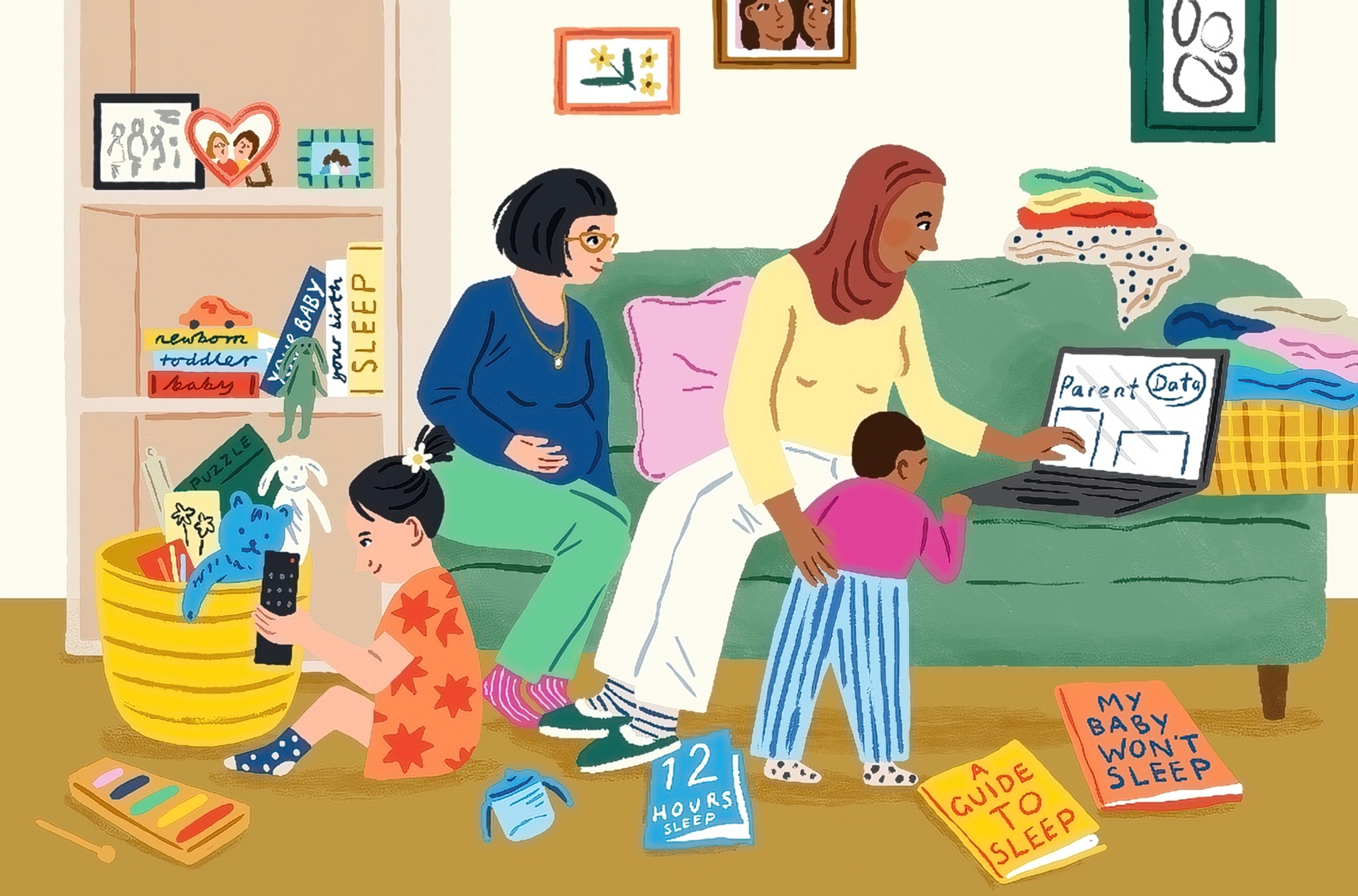
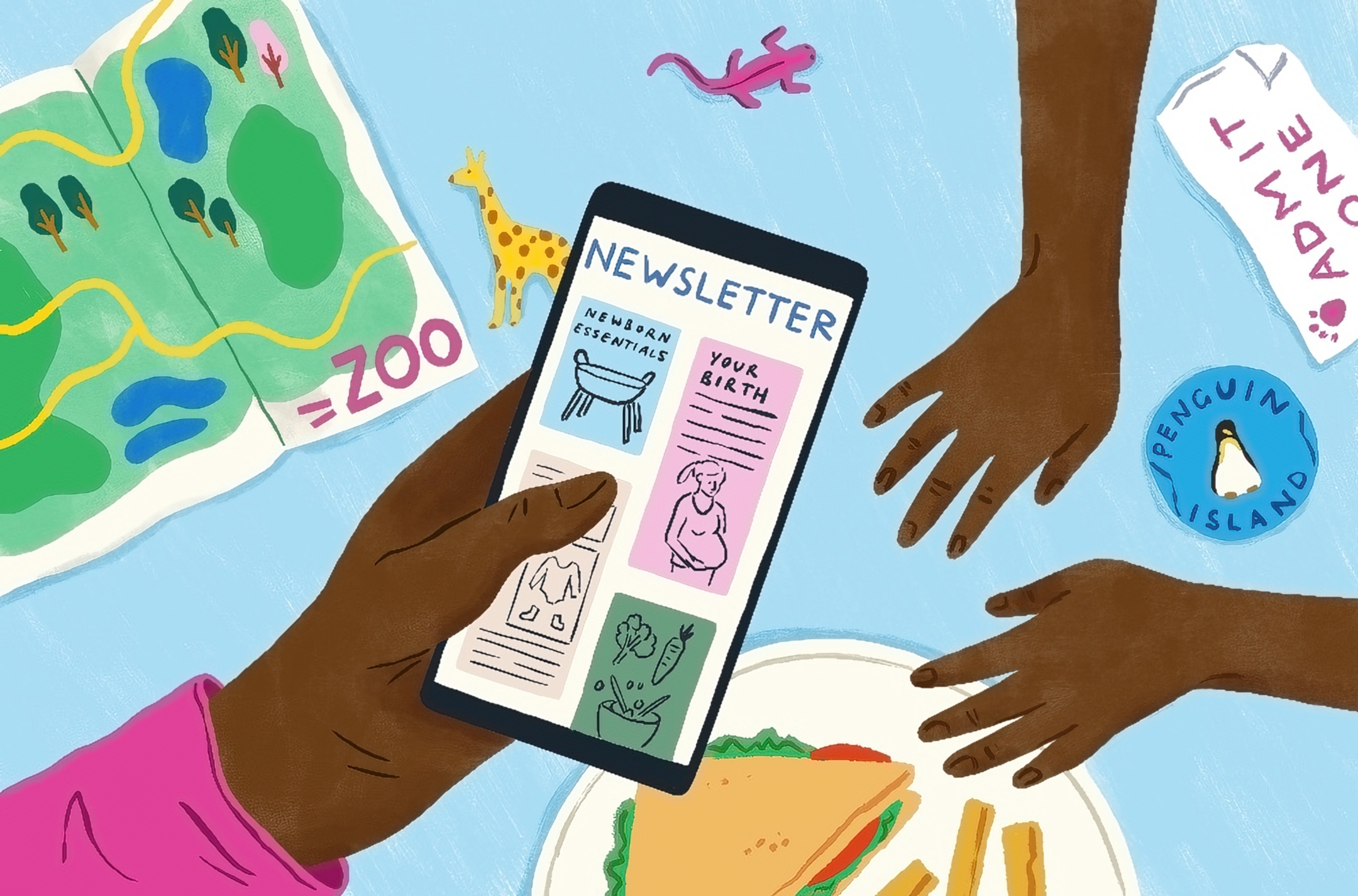

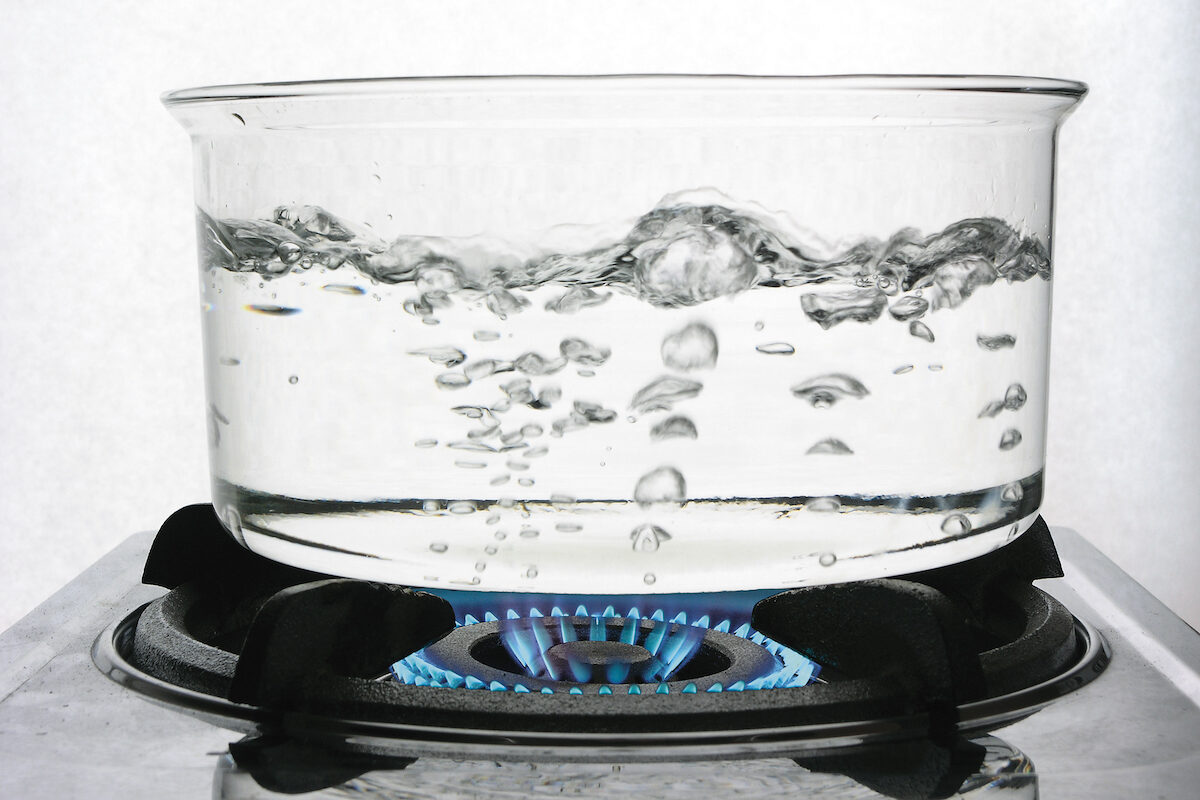
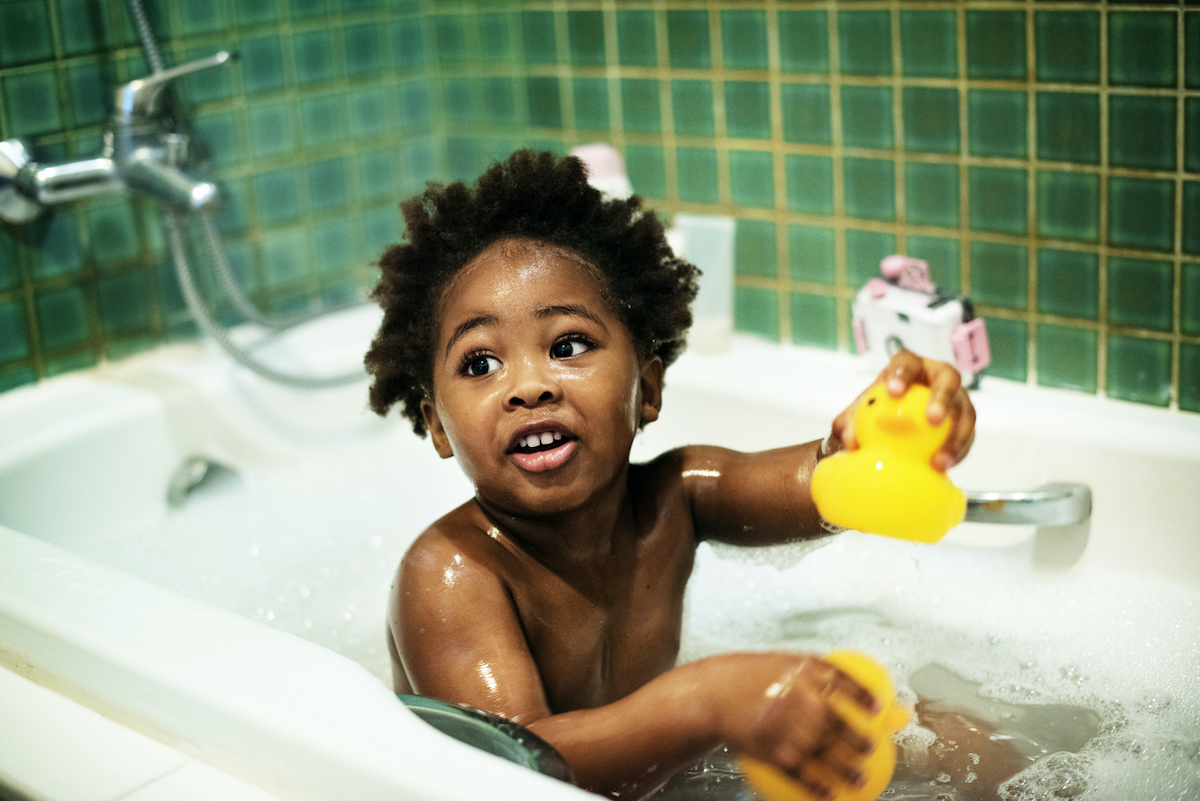
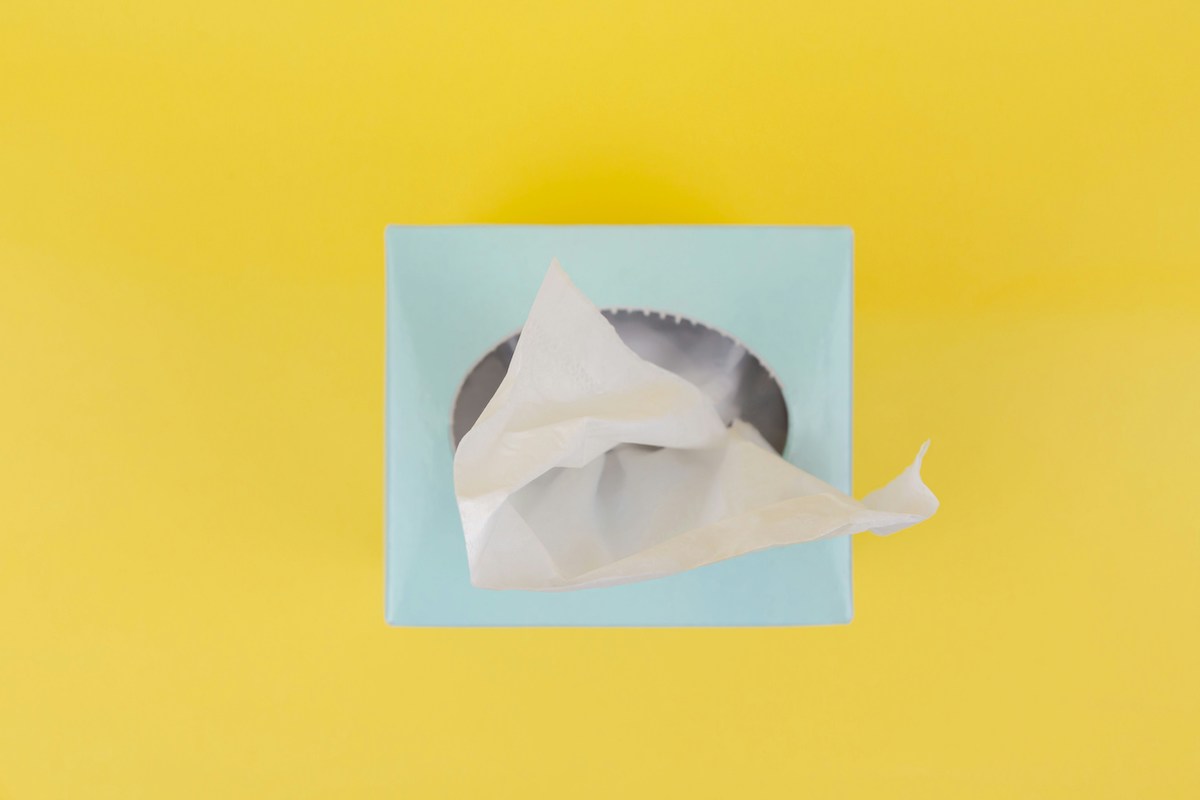
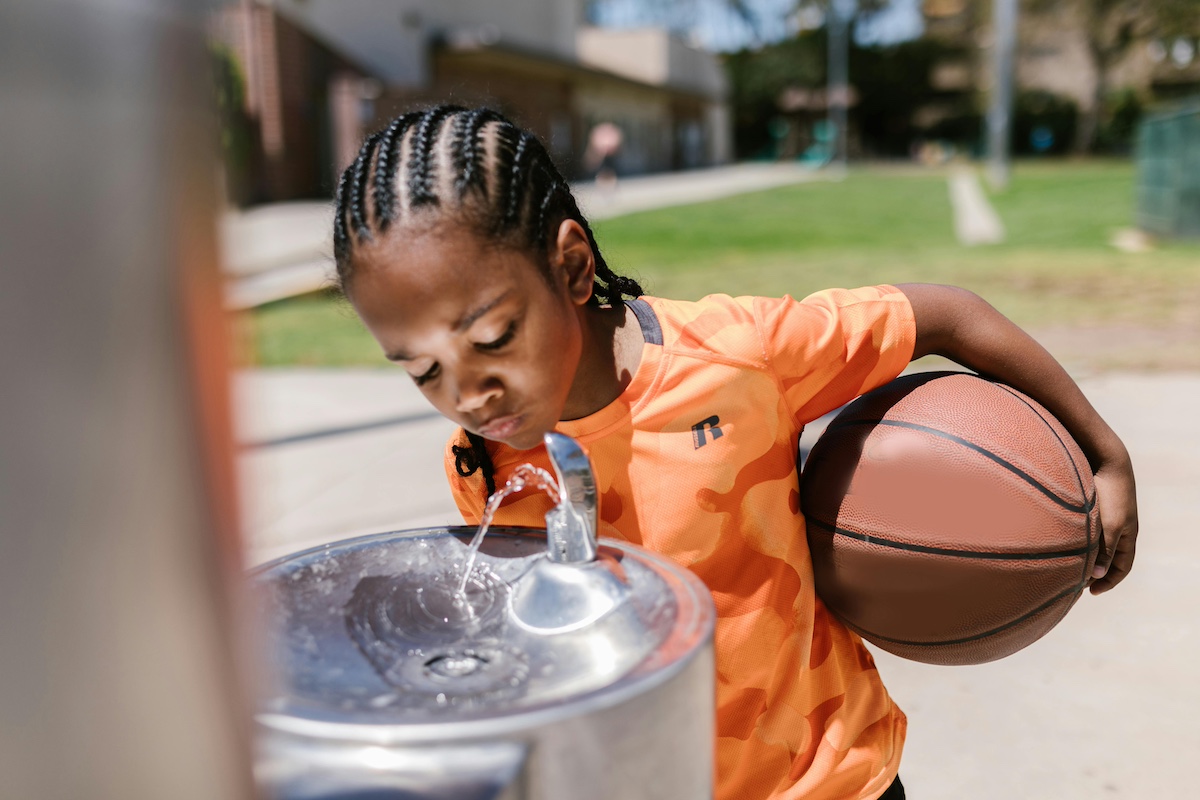

Log in
It sure seems to me that the specific design of the sippy cup would matter. The Munchkin ones that have the same drinking motion as an open cup seem like they’re not in the same category as the ones that have a silicone nozzle that’s almost the same as a nipple.
If the idea is that continuing to suckle-swallow past a year is an issue, why is it not a problem for toddlers who continue to breastfeed? Is there a significant difference between nursing and a bottle?
Yes, the suckle-swallow mechanism with a bottle is different than that of nursing.
I think the reason for this is that toddlers past a year aren’t getting all their nutrition and hydration from breastfeeding past the first year. Nor should they be spending large parts of the day breastfeeding. My nearly 18-month old still BFs for a few minutes at the start and end of the day, but he drinks a ton of water and eats lots of solid foods in between. We taught him drink from a straw bottle around 9 months (but very little amounts at that age). The honeybear is a great learning straw bottle for those who want to skip sippy cups.